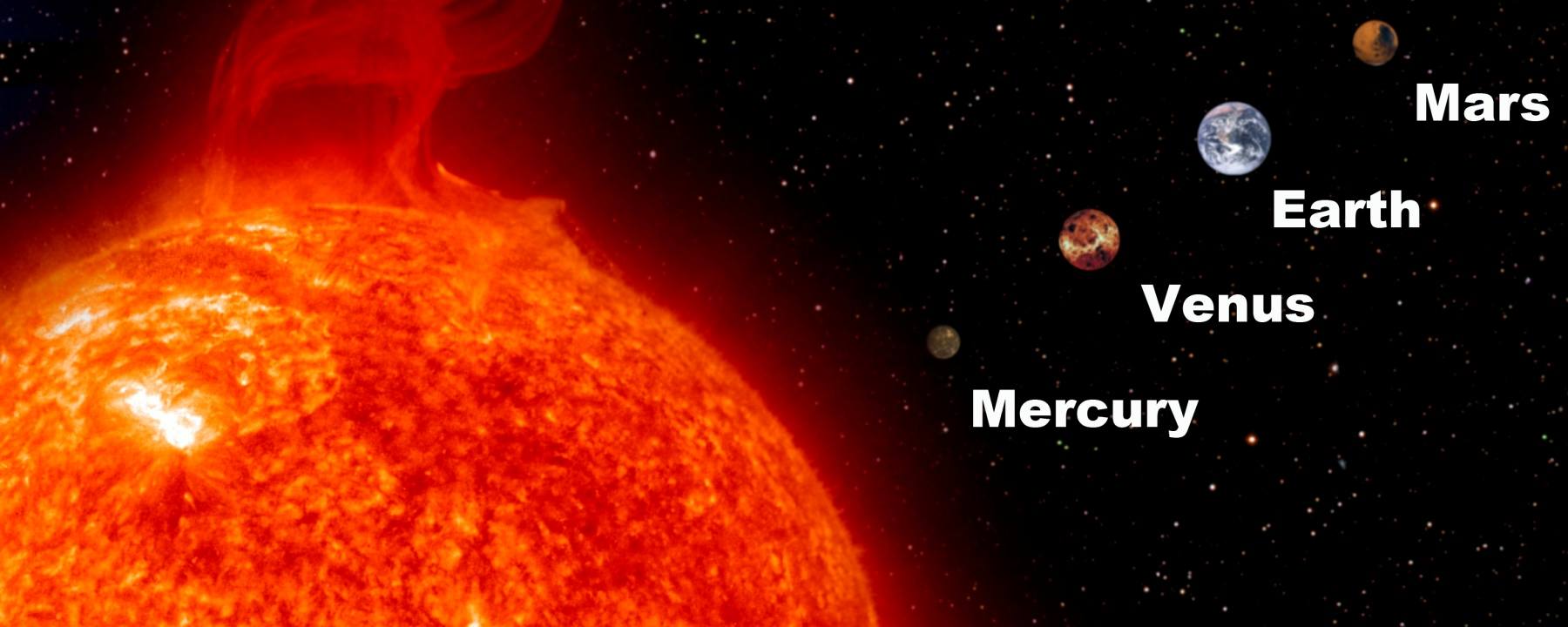
Sunlight
Do astronauts need sunscreen?
We will admit: it's not the biggest of target markets. Nevertheless, it's worth asking whether astronauts and space tourists also need to add sunscreen to their packing list before taking off on their missions. Let’s head off into the stratosphere and beyond.
It's likely also happened to you, at least once: You're looking forward to the holiday, your suitcases are packed, the toys are stowed away for the kids – and barely have you set foot in the hotel when you realize you forgot the sunscreen. It's not a problem, though: you can buy more even in remotest regions of the world. Even trekkers heading for Everest in the Himalayas: they can still buy sunscreen from a Nepalese lodge at an altitude of over 5,000 meters. But as an astronaut or space tourist, you'd better not forget anything. Especially not anything you need to protect yourself.
Let's get straight to the point: Astronauts don't need to pack any sunscreen. Although they do need to protect themselves from UV radiation even more than people on Earth, the commercially available sunscreen that we know and use would simply not be adequate for their needs. Because when we talk about sun/UV protection down here, the first thing we are referring to is the earth’s own protective shield: the ozone layer.
This natural filter is especially effective at preventing short-wave radiation below 290 nm – primarily UVC and the short-wave part of UVB radiation – from reaching us at all. Our skin and our eyes are the organs that absorb the remaining radiation. The UVB radiation that makes it through this protective shield accounts for about 5% of total UV radiation.
The other 95% is in the longer UVA wave range. The amount and strength of solar radiation that ultimately finds its way to us humans varies, and depends on a number of factors and external influences. These include, in particular: the ozone concentration, the level of cloud cover in the sky, the time of day and season, our geographical latitude and our altitude above sea level. The highest ever value measured according to the guidelines for the UV index was: 43.3. This measurement was taken on 29 December 2003, and this incredible value was reached in the Andes. It is essential to simply avoid going outdoors when values are this astronomical.
But let’s get back to our astronauts. During their stay in space, which starts around 100 kilometers above the Earth, they are not protected by the ozone layer, and this is extremely dangerous for many reasons. In this almost unlivable environment, men and women in space need to be protected from the hazards they face in a variety of ways.
In addition to ultraviolet radiation from the sun, it is cosmic radiation above all that poses a major threat to the health of astronauts. This type of radiation consists of high-energy particles that can cause severe damage. They can penetrate the human body and cause cancer or else lead to heart problems and cataracts, for example. Cosmic radiation can also destroy the nervous system's tissue and damage cellular DNA.
Incidentally, the magnetic field of the Earth’s atmosphere ensures that this extraterrestrial radiation does not pose a danger to us earthlings down below. However, solar storms, which are a source of cosmic radiation, can disrupt the working of satellites or even the power grid and means of communication. Still, they're also responsible for the beautiful display of dancing colors known as the Northern Lights.
Unlike the Earth, Mars and the Moon do not have such a pronounced magnetic field and are therefore more exposed to this radiation. Among other things, this leads to the moon getting a kind of "sunburn" all of its own. Hard to believe, right? NASA has published a video about it on its website. Click here to watch it.
It's not just people out in space that need protection, though. Space telescopes also require sun protection. For example, the James Webb Space Telescope was fitted with a protective sail, the effect of which is equivalent to a sun protection factor of 1 million. A little bit more than the 50+ we use on Earth.
So how are astronauts protected?
Okay, it's not by putting on sun cream. In space shuttles and space stations, special windows ensure that the powerful and harmful ultraviolet rays (UVA – UVB – UVC) are completely blocked.
If they carry out an outdoor operation, an astronaut will climb into their space suit. In addition to UV protection, this special high-tech suit ensures that the micro-particles flying through space at ultra-fast speeds are repelled. The suit is also important for maintaining pressure. As space is a vacuum, the suit is there to provide oxygen and the necessary pressure.
Extreme temperature differences also have to be taken into account. Materials can be heated up to well over 100 degrees Celsius when in direct sunlight, while areas in the shade can fall to well below -150 degrees Celsius. The spacesuit regulates the temperature aacting as a life insurance policy. As these spacewalks last for several hours, the space suit also serves as a toilet if the need arises.
By the way: if sunburn should occur due to defects or damage to the material – which is what is reputed to have happened to a member of the Gemini 9 crew in 1963 – no alien would hear the astronaut's cry of pain. Why? Because the vacuum in space does not transmit any sound waves.
So if you're one of the people longing to go up in space in the next few years, you can forget the sunscreen for this trip. But you will need the right spacesuit instead.

